[ad_1]
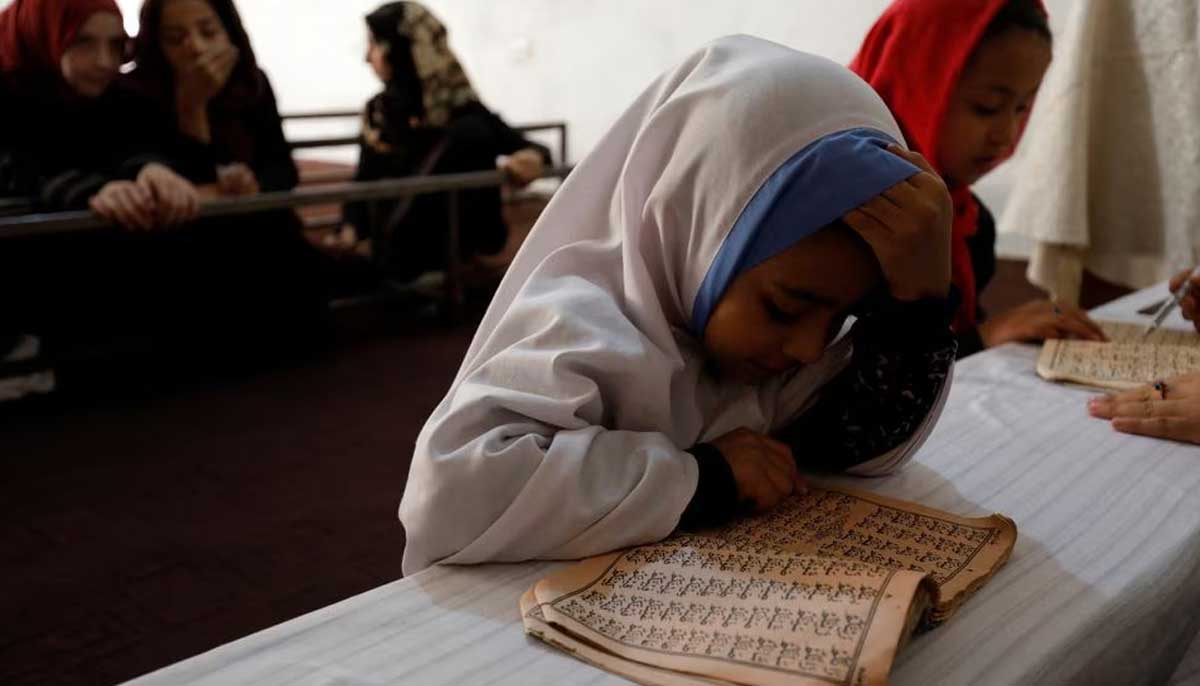
KANDAHAR: In a chilly classroom in the southern Afghan province of Kandahar, the birthplace of the Taliban movement, teenage girls pore over religious texts as the disembodied voice of a male scholar emanates from a loudspeaker.
Pupils take turns emailing questions to the scholar on the class laptop at the Taalum Ul Islam Girls' Madrassa, or seminary, where male teachers are forbidden from hearing the voices of female students in person.
The number of students at the institution in Kandahar city has about doubled to around 400 in the past year, driven by the Taliban administration's decision to bar girls and women from most secular high schools and universities, according to staff members who gave Reuters rare access to the madrassa in December.
Other female religious schools across Afghanistan have also seen marked increases in enrolment, Reuters learned from visits to four madrassas — two in Kandahar and two in the capital Kabul — and interviews with more than 30 students, parents, teachers and officials in 10 provinces spread across the country.
“Due to the closing of schools, the number of students has increased by around 40%,” said Mansour Muslim, who runs a madrassa mainly for teenage girls in north Kabul. “We now have around 150 students.”
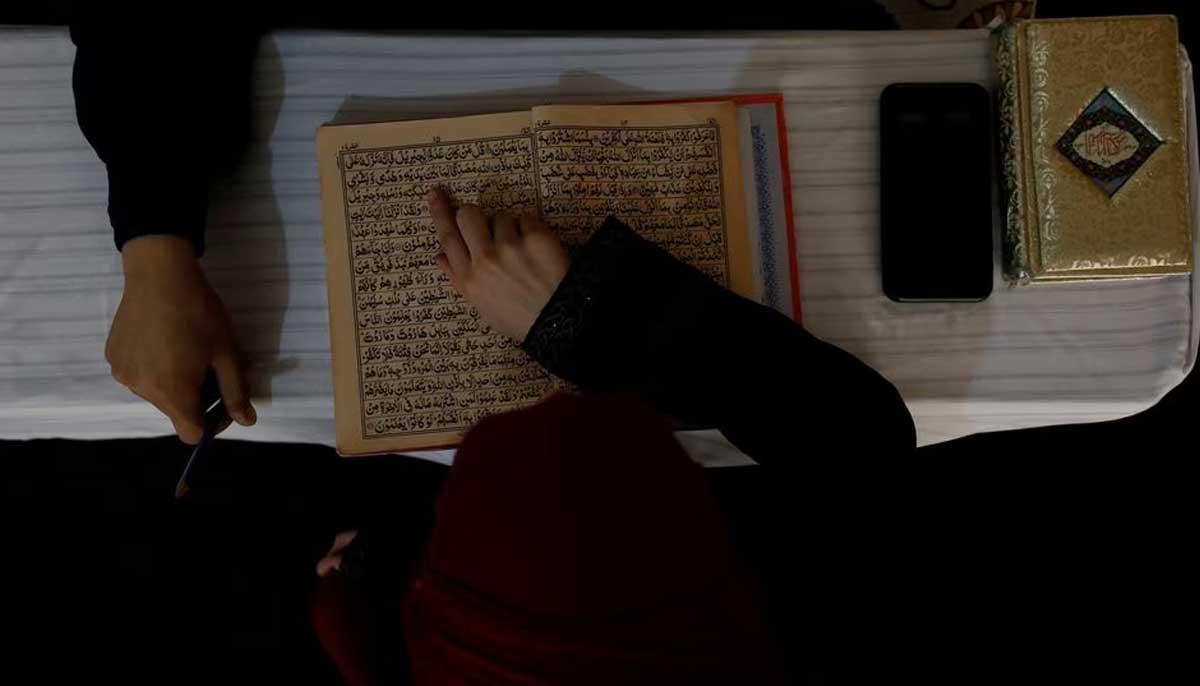
One of the students at the school, 17-year-old Mursal, said she had joined three months ago. While she welcomed the religious learning, she said she found her situation limiting.
“I want to finish my schooling,” said Mursal, whose parents asked for her surname to be withheld to protect her privacy. “I wanted to be a doctor in the future, but now I think it's impossible. If you come to a madrassa you just can be a teacher.”
The Taliban regained power in August 2021 after the sudden withdrawal of US-led forces. The new government has the stated goal of building an Islamic society based on sharia law following 20 years of comparatively liberal Western-backed rule.
Abdul Maten Qanee, the spokesman for the information ministry, told Reuters the government was not opposed to girls having secondary and tertiary education. He said there were several issues to be overcome, though, including the problem of some mixed-gender institutions, girls not meeting some interpretations of Islamic dress, and girls not being accompanied by male guardians.
“We fought for 20 years for our ideology and values,” he said. “We are not against education, we just want rules to be followed and implemented, and the culture, traditions and values of Afghans to be considered. We want females to have a modern education, society needs this,” he said.
Qanee said madrassas were open for girls of all ages. He added that a government committee was looking into adding secular subjects to madrassas alongside the religious study, a development that hasn't been previously reported. He didn't provide further details on the committee's work.
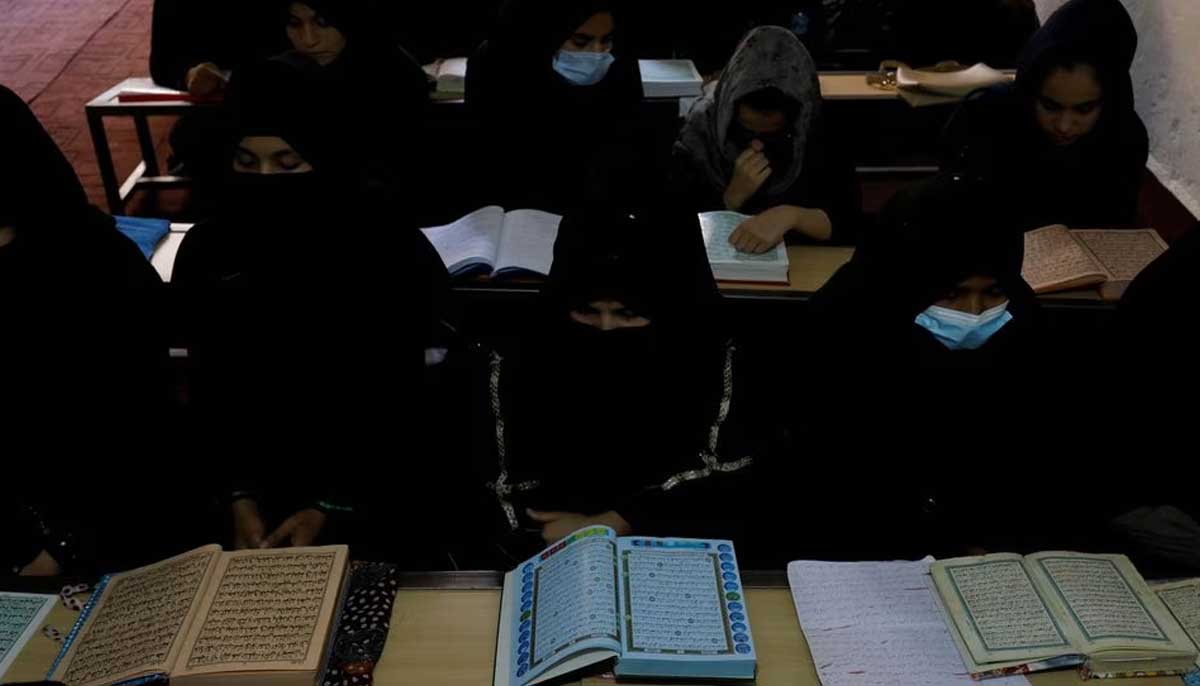
Female education lies at the heart of the Taliban administration's standoff with the West. No foreign nation formally recognises the administration, with Washington citing women's rights as a major obstacle to normalising ties and unlocking much-needed funds.
The US State Department declined to comment directly on girls' attendance of madrassas. A spokesperson, referring to the school restrictions, said education was an internationally recognised human right and essential to Afghanistan's economic growth.
‘Islam gives us right'
The rise in mainly teenage girls enrolling in religious schools, a trend whose scale hasn't been previously detailed, often fills a need for learning, friendships and a reason to get out of the house, according to the people interviewed.
Yet some students say these institutions, which are devoted to the study of the Holy Quran and Islamic texts, will not help them fulfil their ambitions.
Madrassas, part of Afghan life for centuries, usually don't offer the secular secondary and tertiary education needed to pursue careers such as law, medicine, engineering and journalism — the kind of education that's still available to Afghan boys.
“I joined the madrassa because at home we couldn't study and our schools are closed, so I came to learn the Quran,” said Mahtab, a 15-year-old pupil at Mansour Muslim's Kabul madrassa. “I wanted to be an engineer in the future. I don't think I can reach my dream.”
Marzia Noorzai, a 40-year-old women's rights activist in the southwestern province of Farah, said her nieces, who would have graduated from high school last year, were now attending a local madrassa every day.
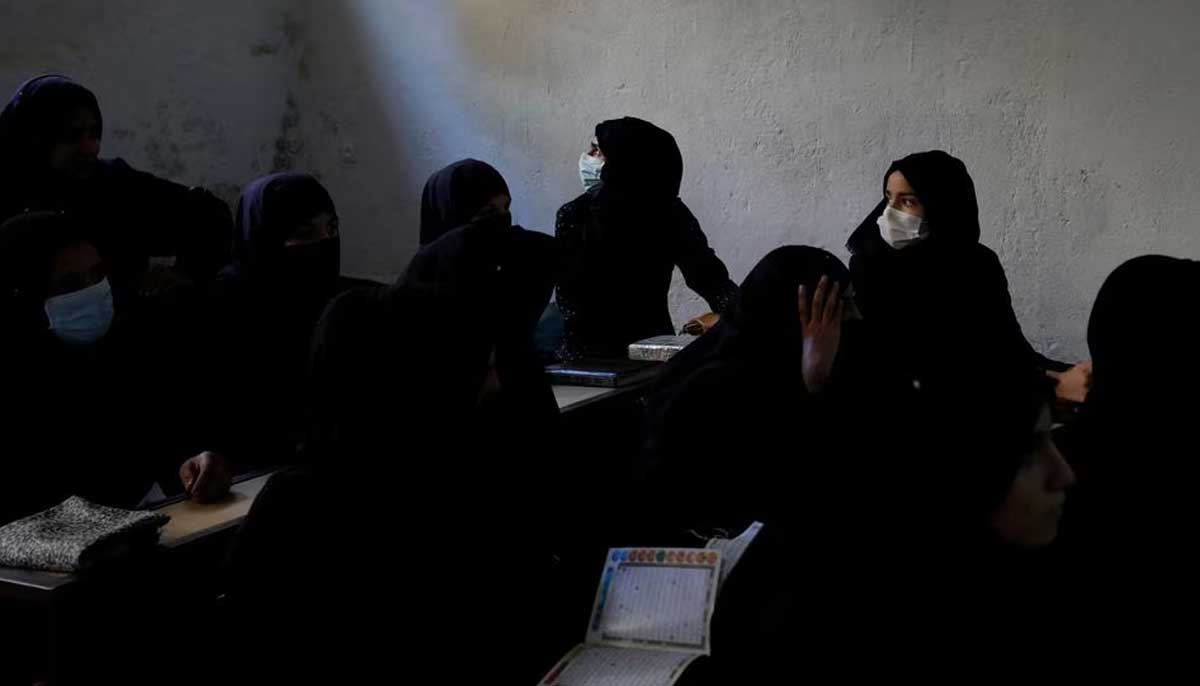
“Just to keep them busy,” she said. “Because they were depressed.”
Other students and teachers said religious education played an important role in their lives, though they hoped to be able to study secular subjects too.
A senior teacher in her early 20s at the Taalum Ul Islam madrassa, where Reuters was given access on condition it didn't identify students or staff to protect their privacy, said religious education gave her a sense of happiness and peace.
“Islam gives us rights as women,” she added. “I want those rights, not the idea of [Western] women's rights.”
Asked about the trend of girls attending religious schools in greater numbers after the school ban, Taliban official Qanee said the number of madrassas had been expanding under the previous government and would continue to expand under the Taliban because Afghanistan was an Islamic country. He didn't elaborate on the government's plans for religious schools.
The previous foreign-backed government said in January 2021 that they had registered about 5,000 madrassas nationwide, with a total enrolment of about 380,000 students, of whom around 55,000 were female. About a fifth of the registered schools were operated by the state, it said, adding that there were likely to be many more unregistered institutions.
Reuters was unable to determine the current number of madrassas, and Taliban authorities have not provided figures.
‘Options are evaporating'
Life has changed for many girls and women.
The Taliban administration barred females students from most high schools last March, and from universities in December. Days after the universities decision, it banned most Afghan women from working for NGOs, leaving thousands of educated women unable to do their jobs and forcing many aid groups to partially suspend operations during a humanitarian crisis.
The secondary education ban alone has affected more than 1 million girls, UNICEF said in its Afghanistan annual report for 2022. This has compounded an existing “education crisis”, the UN children's agency added, with an estimated 2.4 million girls already out of school at the beginning of 2022.
Thousands of primary schools, some of them fee-paying, remain open for boys and girls up to the age of about 12, teaching subjects including Dari, Pashto, English, maths and science.
Madrassas themselves vary widely, from big institutions hosting hundreds of pupils in cities to village mosques teaching a handful of children. The schools, which are typically single-sex, also vary in standards, strictness, the number of days and hours they're open as well as the fees they charge.
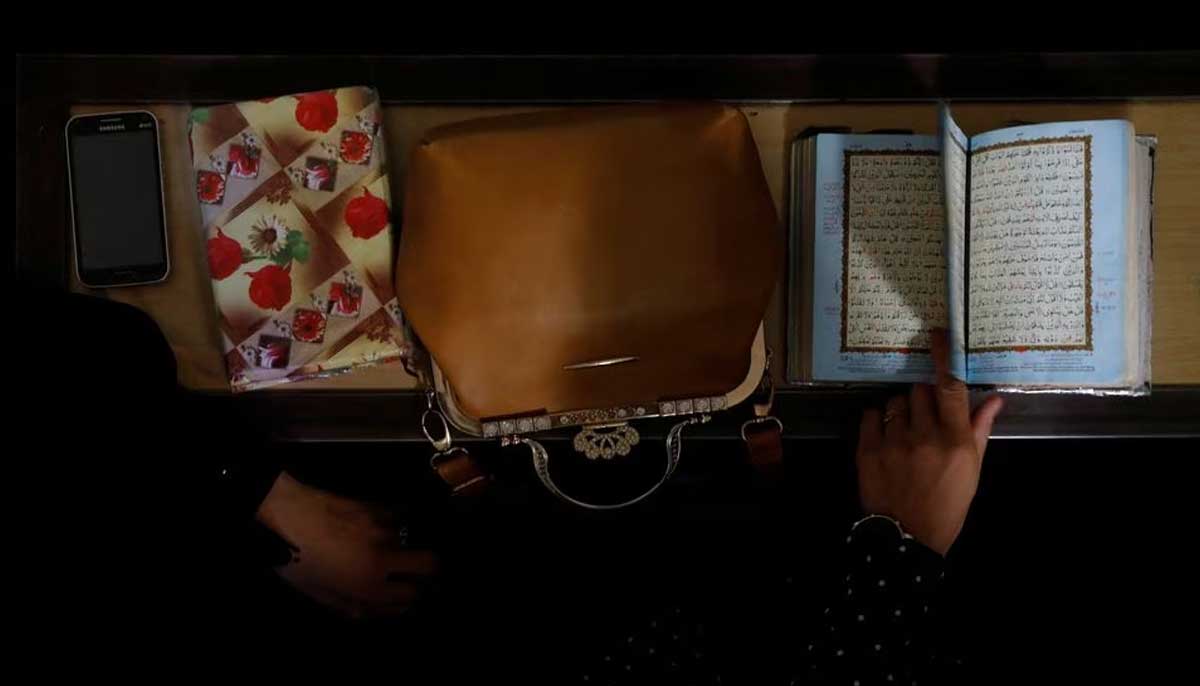
The fees charged by the madrassas visited by Reuters ranged from the equivalent of around 50 cents to $2 per month per student. That is a prohibitive cost for many families in Afghanistan, where the UN says most people live in poverty, although some village madrassas are free.
Female madrassas usually have female teaching staff, though male religious scholars tend to guide their work in more traditional institutions like the one in Kandahar.
Ashley Jackson, co-director of the Centre on Armed Groups who has researched Taliban policies on education, said while madrassas couldn't take the place of formal schools, they were one of the final avenues of learning left for girls and women.
“The options for female education are evaporating,” said Jackson, adding that formal schools were seen among some Taliban supporters as a symbol of international occupation. “There's deep-seated mistrust of the formal education sector, despite the fact that it too incorporates Islamic education.”
Not everyone within the administration agrees with the education restrictions. Four officials, who declined to be identified due to the sensitivity of the matter, told Reuters they privately backed secondary education for girls and that supreme leader Haibatullah Akhundzada and his close advisers had driven the school ban.
Akhundzada, who is based in Kandahar and rarely appears in public, could not be reached for comment on any tensions within the administration over female education. Requests for comment to Akhundzada and other officials are handled by the Taliban administration spokesman, who didn't comment on this matter.
[ad_2]
Source link


